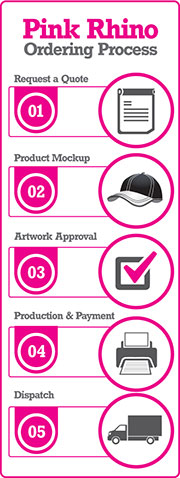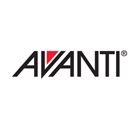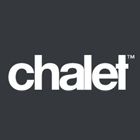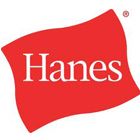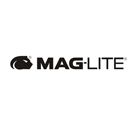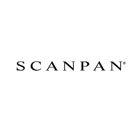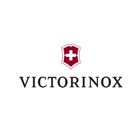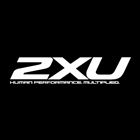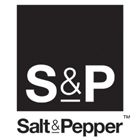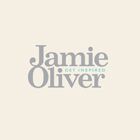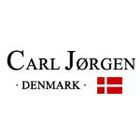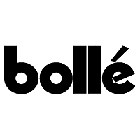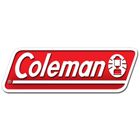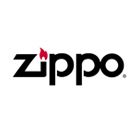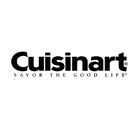Quote Cart
0 item(s)- Compendiums, Journals and Notebooks
- Conference Giveaways
- Corporate Gift Ideas
- Drinkware
- ECO Friendly Promotional Products
- Golf Promotional Items
- Headwear
- Health & Fitness
- House Accessories
- Keyrings, Bottle Openers and Torches
- Leisure & Travel
- Pink Rhino Specials
- Promotional Bags
- Promotional Confectionery
- Promotional IT Products
- Promotional Merchandise
- Promotional Pens
- Promotional Products
- Rhino Express
- Signage
- Umbrellas
- Uniforms
- USB
Branding Guide
SCREEN PRINTING
Screen Printing involves the pressing of ink onto the product through a screen that has your design incorporated into it. We can screen print up to 6 spot colours or can also print in full colour. This is the most common form of printing on clothing and any textiles. The cost of screen printing is governed by the print run size, the amount of colours we print and the size of the print.
We can also provide specialised prints like puffs and foils – just ask for more details. PMS colour matches are no problem.
Before we commence with any screen print job always send you a proof for your approval.
All colour images can be separated into 4 different base colours. This is called a CMYK colour breakdown. The result in terms of your branding is a colour separation of 4 images, each image comprised of one of the four colours (Cyan, Yellow, Magenta and Black) These four colours can be combined to create thousands of colours covering all combinations shown on PMS charts.
PAD PRINTING
This is the most common method for branding logos onto ‘hard’ surface items such as pens, golf balls, plastic or metal items.
Like screen printing your logo is first made into film, which is then transferred onto a soft silicone pad, and ink is then introduced and printed onto your chosen product. Pad printed products are everywhere – the keys on your keyboard, promotional pens, promotional clocks and a myriad of other promo items.
A soft pad surface is covered with an appropriate fast drying and tough ink. The plate is wiped clean by a squeegey mechanism, leaving ink behind only on the recessed areas of the pads. A silicone pad is then pressed against the pad printing plate, drawing the ink out of the pad recess and pressing it directly onto the promotional product.
EMBROIDERY
This is normally used for best quality branding on clothing such as polo shirts and caps. Embroidery costs vary not with colours but with the 'stitch count' (which increases with size).
To make it easy to quote, within our online catalogue we have a drop down menu of increasing stitch sizes for you to select from - just click on the size you think is closest to your desired Logo size. We will then confirm your actual/final embroidery size and cost once we receive your actual Logo artwork before proceeding.
The embroidery process involves a design stitched on to a material through the use of high speed, computer controlled sewing machines. ‘Stitch count’ is the number of individual stitches required to reproduce a particular design.
Machine embroidery allows us to recreate logos on clothing and any other soft material such as sports bags. We take a design supplied in jpg file and ‘digitise’ it into a format that is then recognised by the embroidery machine.
LASER ENGRAVING
Commonly used on metal pens, laser engraving brings up the base colour of the item being engraved, in a high quantity finish.
Laser engraving produces a subtle and importantly permanent high quality decoration. Laser engraving is normally our favoured decoration method for pens, metal keyrings, clocks and high value metal products. The laser removes a small amount of the product’s surface giving an ‘etch’ effect.
Computer controlled laser beams permanently etch your desired artwork onto metal type products. This is a complex and technical process with very precise and even results, for a professional and high quality finish which will certainly impress.
PLASTISOL PRINTING
Here a Plastisol transfer is heat-applied to the article. This method is used when the artwork/ detail is too complex or intricate for screen printing. Otherwise known as ‘transfer’ printing.
FOIL STAMPING OR EMBOSSING
This is the highest quality branding onto leather or PU 'leather look' items and can be done in gold or silver. Zinc plates press or melt your design onto leather, PVC, and other materials resulting in a “raised” or “embossed” finish. Embossing adds depth, and texture. Foil can be added to the embossing process resulting in a silver or gold raised logo. We impress an image in relief to achieve a raised surface.
DEBOSSING
The depression of an image into a material's surface so causing the image to sit below the product surface is called a deboss.
HOT STAMPING
Your design or logo is set on a metal relief die or plate and it is heated and pressed onto the surface of the promotional item to achieve a recessed branding finish.
ETCHING
Using this branding process your promotional item is skinned with a protective, acid proof coating to create your logo artwork. The bare surface of the promotional product is then exposed to an acidic chemical. The acid attacks the exposed promotional product surface and leaves the image etched onto the surface. This is a traditional system used for branding glass promotional items such as water jugs and wine glasses with company logos.
DIE-STRIKING
Production of coins, medallions and stamped promotional badges and other flat metal promotional products is achieved by striking a blank metal sheet with a hammer or stamp. The pattern on the die is transferred to the metal surface.
SUBLIMATION
Sublimation printing of promotional products involves a dye transfer system where the image is permanently embedded right into the texture of the promotional material surface. Primarily used in particular for clothing (ie cycling and sporting jackets etc) and other textiles; this method renders the best quality, very vibrant, full colour branding.
DECAL PRINTING
Here a decal transfer is printed in the desired colours zinand then fired onto a mug or a glass. Decals can be made in 1-4 spot colours or even 4 colour process. Logos are commonly applied as 'one position' (or half wrap decals) or 'two positions' (front and back) full wrap decals. A full wrap decal enables you to use a logo on the front and a message on the back of the mug or glass; a Logo in both positions, or a full wrap design all the way round. Special decals may be used on glassware to give either a 'frosted Logo' look or a 'frosted glass' look with logo in clear reverse. Artwork is produced on a vinyl decal and applied to the products with a heat transfer process.
FULL COLOUR/4 COLOUR PROCESS PRINTING
“Full colour printing”, otherwise known as 4 colour process, is used when you require reproduction of high quality complex full colour images. The colours cyan, magenta, yellow and black are mixed to reproduce your requirements. This process allows complex/photographic printing to be done; as opposed to the more straightforward ‘spot colour’ printing where simply individual colours are printed onto the product.







